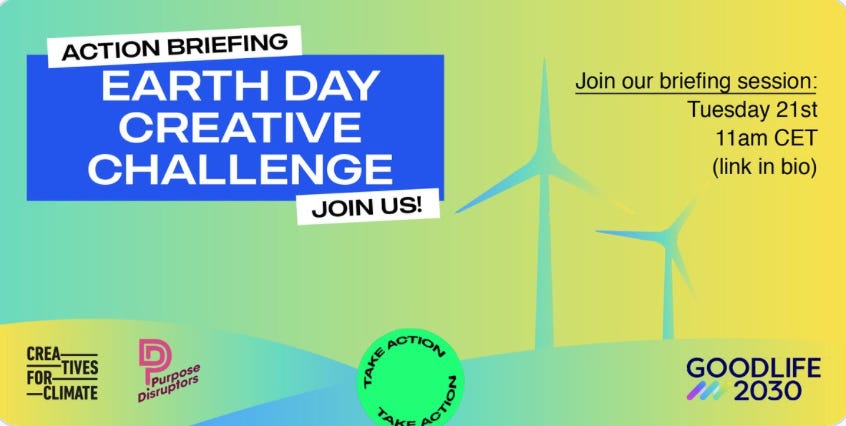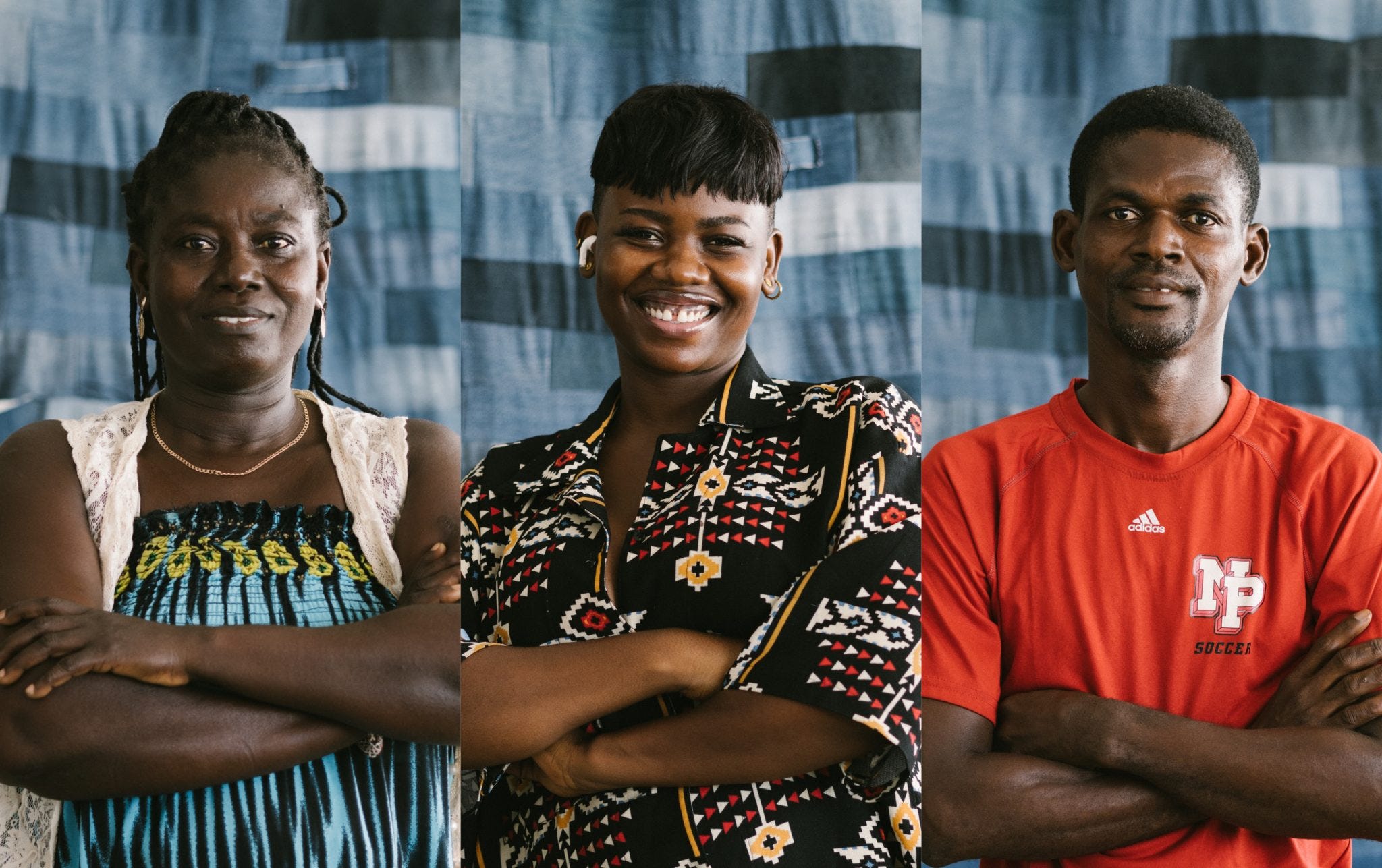
IKEA is now introducing a new bio-based glue to help reduce its climate footprint. The company says that about 5% of the total IKEA climate footprint comes from fossil-based glue used to manufacture boards produced by bonding wood particles. The company’s Material & Technology Engineer for Adhesives, Venla Hemmilä, talks about the ten-year search for an alternative here
The heat generated by a computer data centre is being used to heat a public swimming pool in Devon. "The computers inside are surrounded by oil to capture the heat - enough to heat the pool to about 30C 60% of the time, saving Exmouth Leisure Centre thousands of pounds,” says the BBC. More here

Creatives for Climate has joined forces with Purpose Disruptors’ Good Life 2030 project, inviting advertising creatives to come up with ‘Ads For The Future’, showing how a 2030 Good Life is about more connection, not consumption. The two organisations will host a call on 21 March with details for those who wish to get involved. Register here.
Calling all writers, the What Design Can Do blog is asking for “written submissions on the topic of design and consumerism. Accepted formats include (but aren’t limited to) original articles, features, interviews and essays.” WDCD wants ideas exploring questions such as How does design influence when or why we buy things? How does it make something desirable, disposable – or even obsolete? And, What does it mean to design things for citizens, or communities, rather than consumers? Selected contributors will receive €250 for their submission. Details here

What Design Can Do also has a report from Ghana’s Kantamanto market, the largest secondhand market in the world. “This sprawling market is the largest resale and upcycling economy on our planet, with 30,000 individual entrepreneurs working together to recirculate over 25 million garments per month. But no amount of resourcefulness and creativity can (or should) make up for the inequalities that fuel the global waste trade. How can we reconcile these two realities in a way that leads to real and lasting system change?” Natasha Berting’s article asks. Read it here
Urbanist Carlos Moreno, credited with inventing the 15 Minute City concept, has given an interview to Dezeen in which he discusses the right-wing conspiracy theories that his idea has engendered. “It’s shocking – for me, it is the first time in my life when I was totally targeted by the conspiracy world – communists, Stalinists, neo-fascists,” he says. Read the interview here

